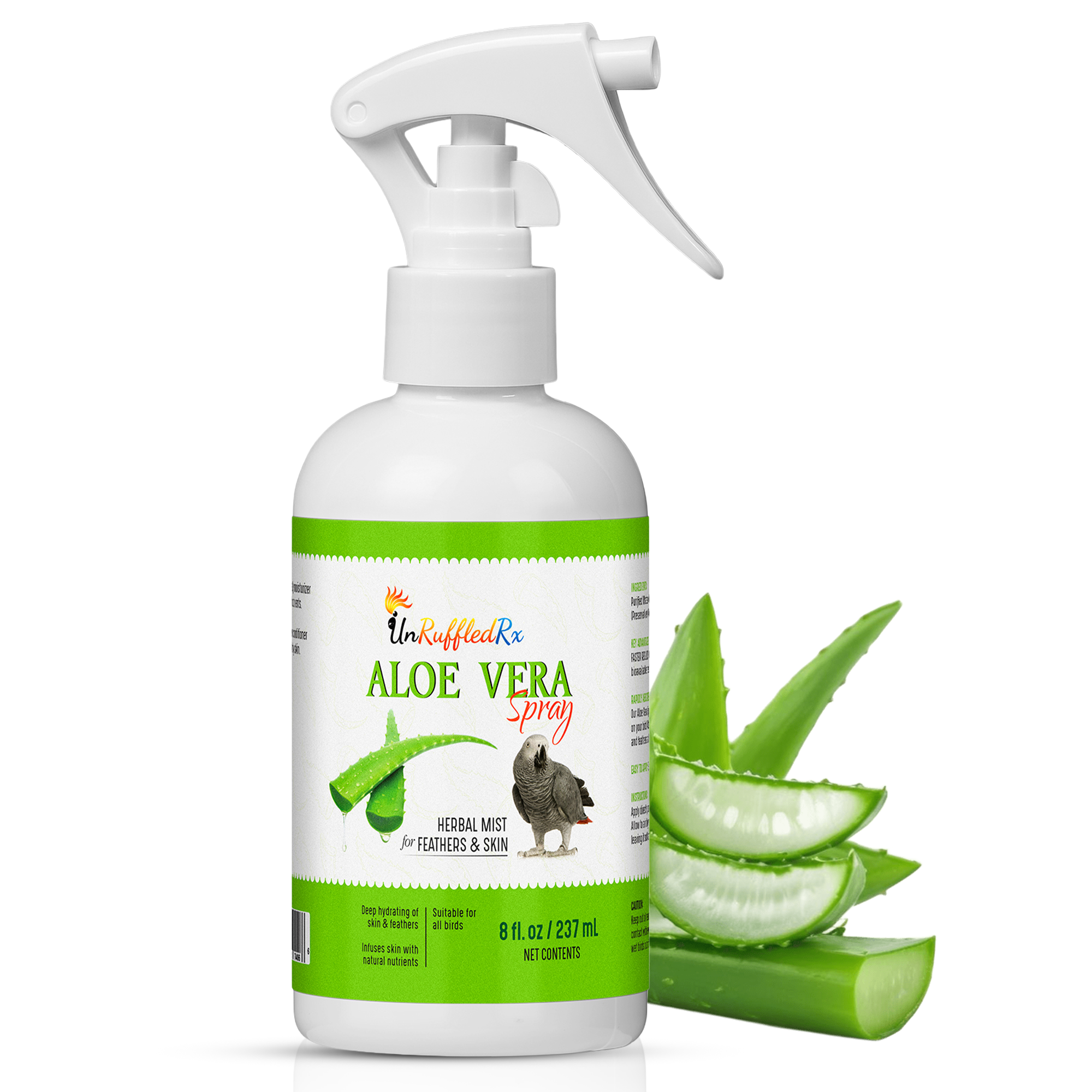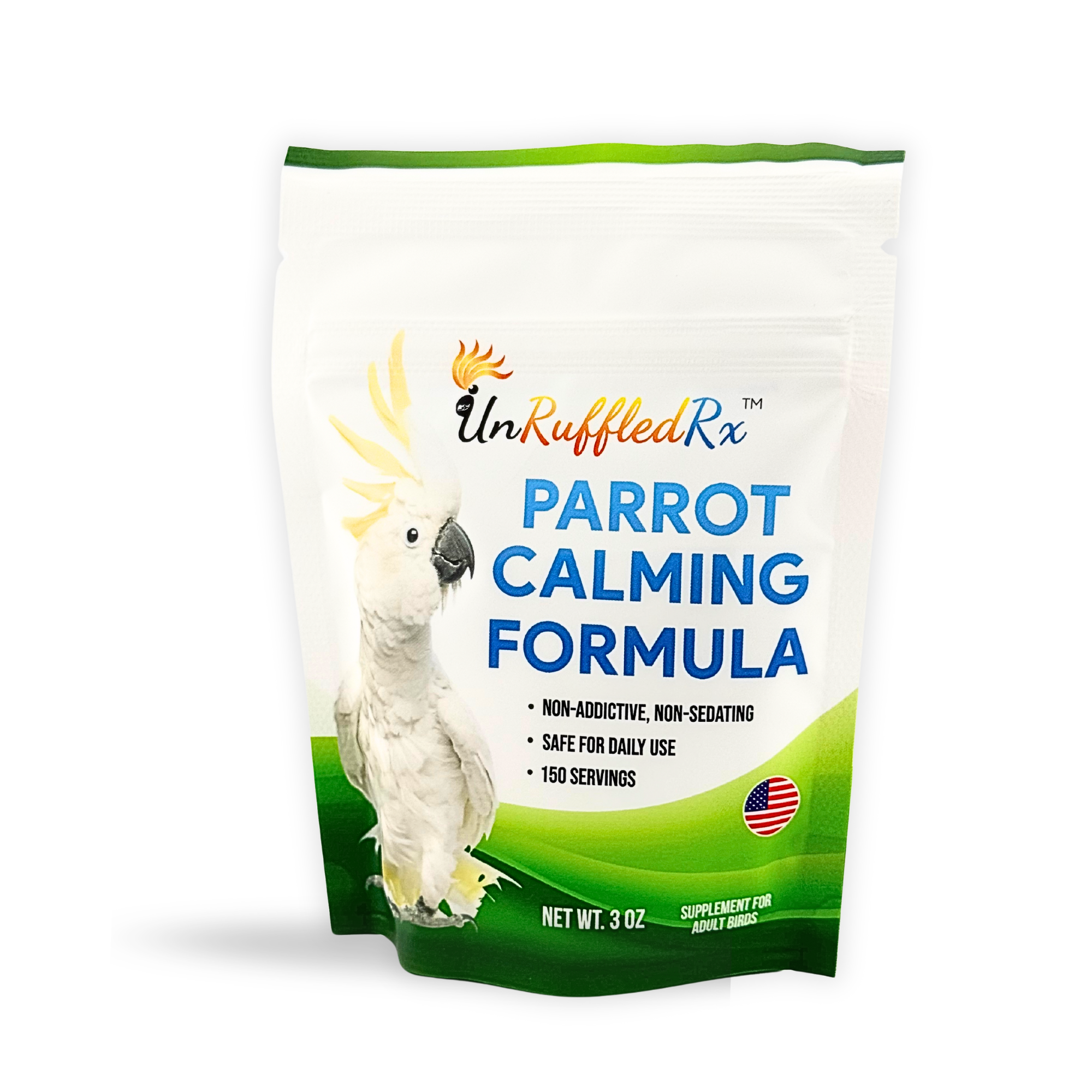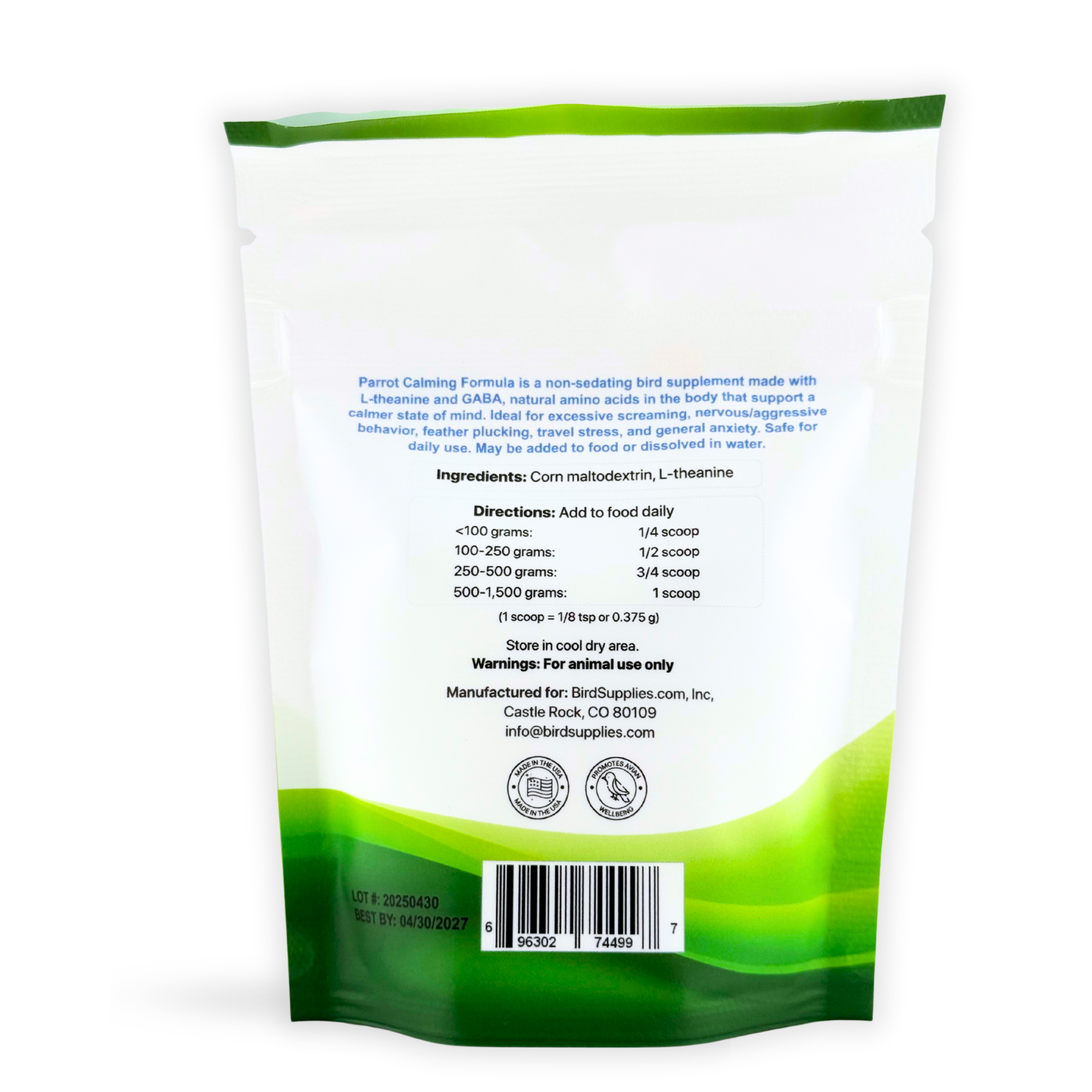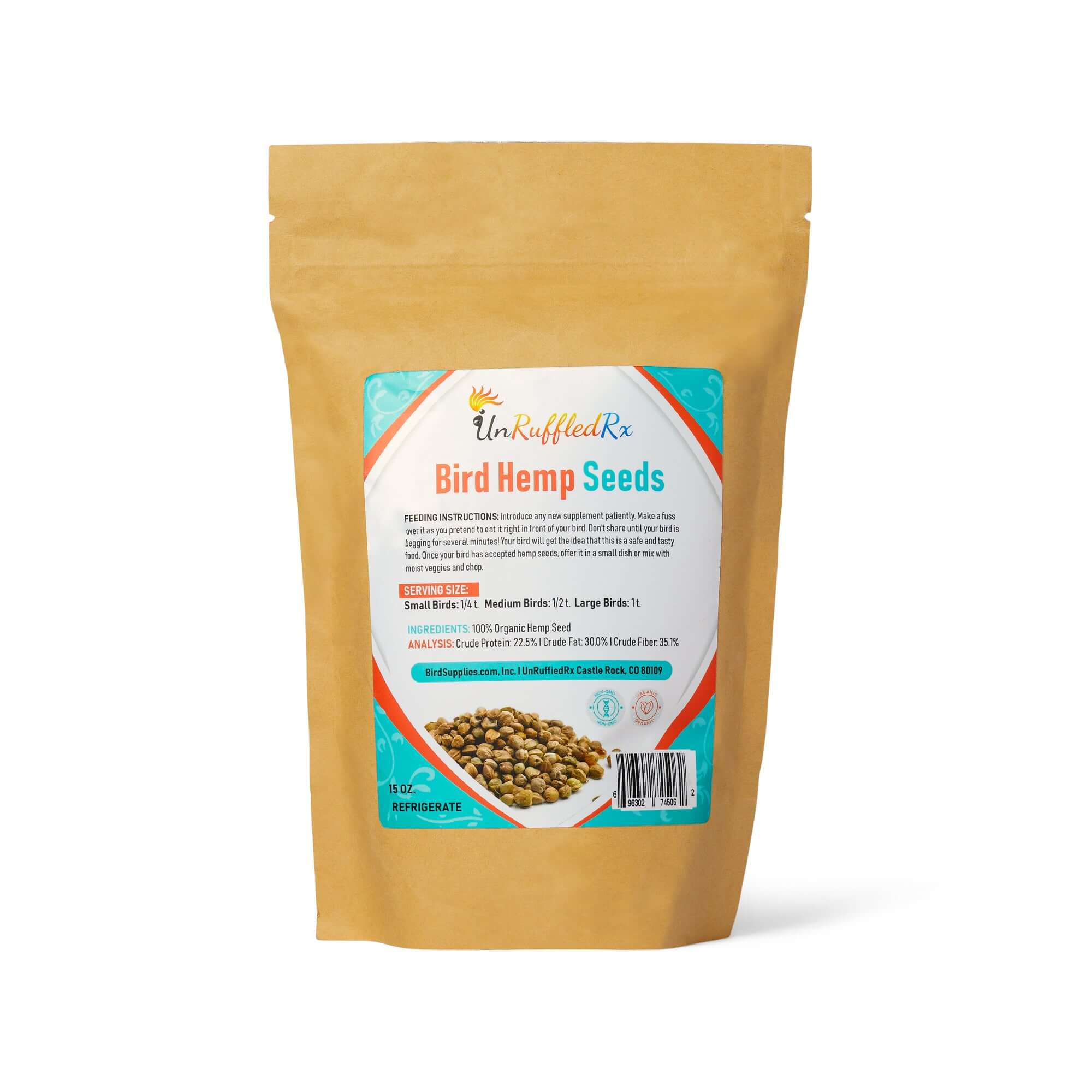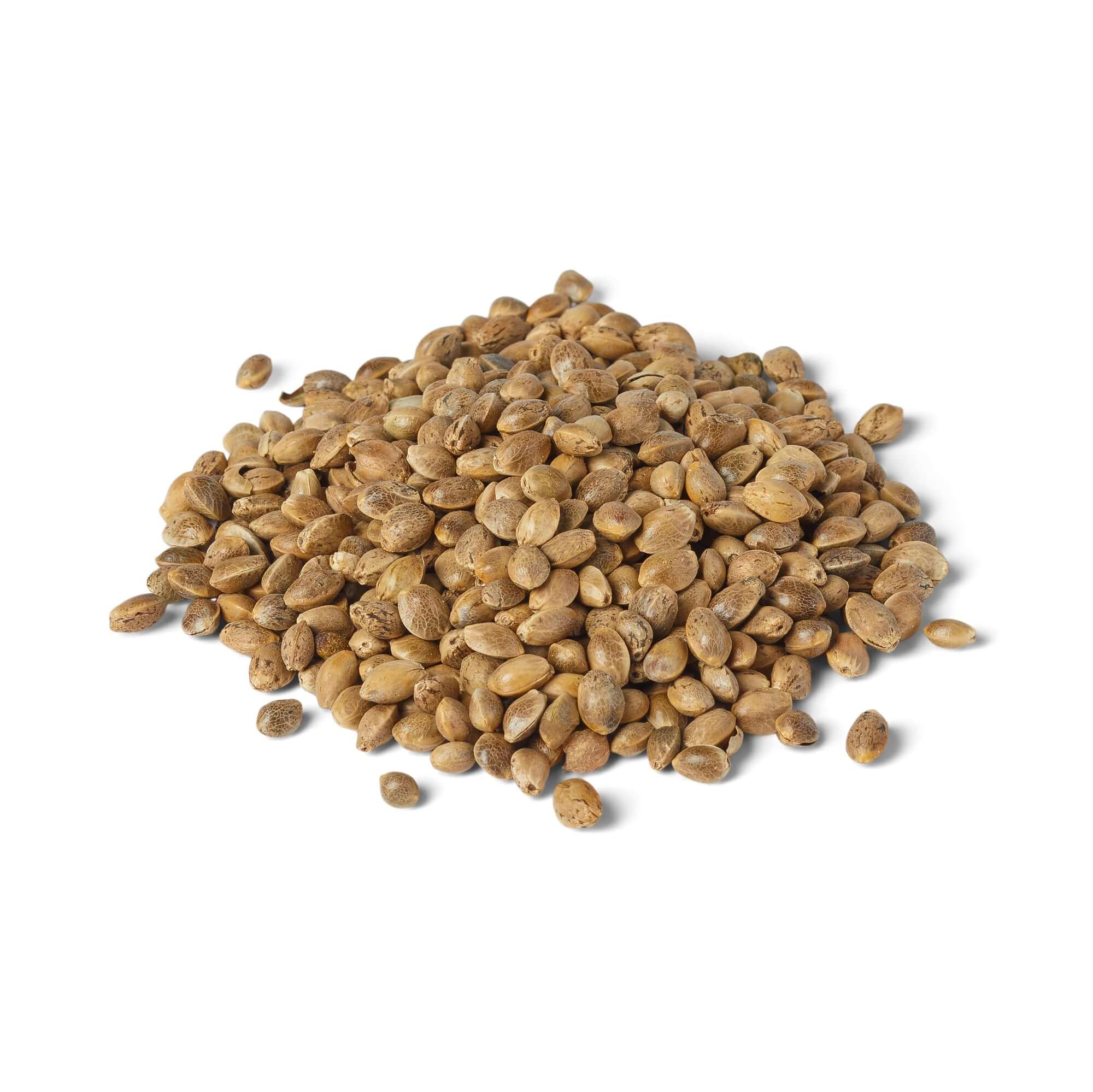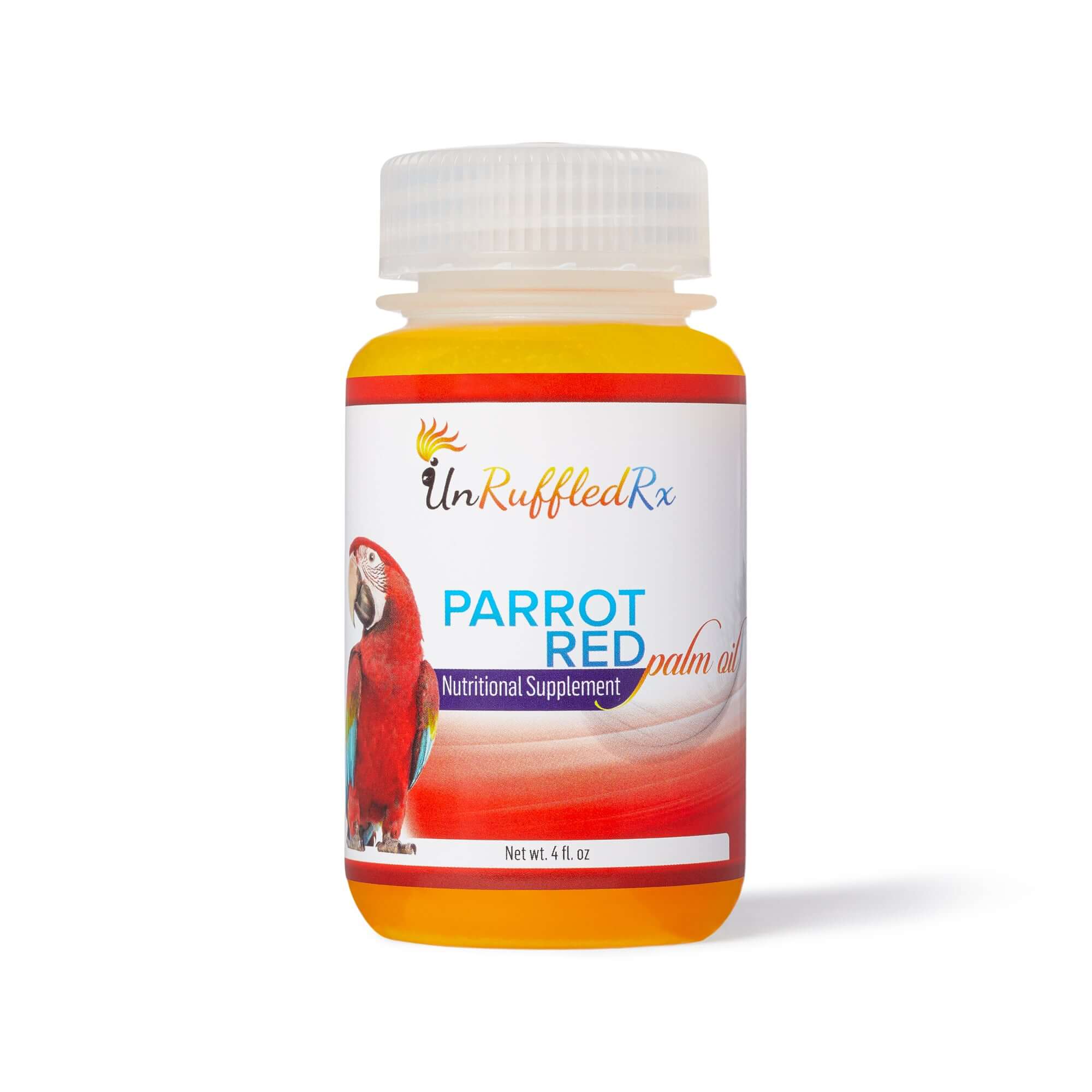Table of Contents
- What Exactly Are Bird Lights?
- Why Do Birds Need UV Light?
- Are LED Lights OK for Birds?
- Setup and Usage of Bird Lights
- Product Comparison: Best Bird Lights
- Best Full-Spectrum Lights for Birds
- Nightlights for Birds
- Bird Light Accessories
- Conclusion
Ever wonder if your bird is getting everything it needs to stay healthy indoors? Full-spectrum bird lights can make a huge difference, helping with everything from mood to calcium levels. Let’s dive into why bird lights are a game-changer and how they can keep your feathered buddy thriving!
What Exactly Are Bird Lights?
Overview of Bird Lights
Full-spectrum LED bird lights are designed to mimic the natural sunlight that birds thrive on, providing the UV-A and UV-B rays they need for optimal health. Just like the sun, these lights help regulate vital processes like vitamin D production, calcium absorption, and mood stability. For indoor birds, full-spectrum lighting is the closest way to bring the benefits of natural sunlight into their environment.
These rays are essential for helping birds see better, regulate their mood and body rhythms, and support important processes like vitamin D production and calcium absorption. Using bird lights can improve your bird’s overall health, from their feathers to their bones, and even their behavior.

Whenever possible, offering your bird access to natural sunlight is the best option for their health and well-being. If it’s safe and the weather permits, allowing your bird some supervised time outdoors in a secure aviary can greatly enhance their physical and mental health.
Ensure temperatures are between 50-80°F, and always take into account the elements, like rain or strong winds, as well as the presence of predators, to keep your bird safe while enjoying the sun. In the winter plan to use bird lights or a bird calcium supplement with vitamin D.
Why Do Birds Need UV Light?
Benefits of UV-A Light for Birds
UV-A light helps birds see details that are invisible to us, allowing them to inspect their food more thoroughly, which is a natural instinct. This clear vision also helps them stay engaged with their surroundings, improving their mood and keeping them active. With UV-A, your bird will feel more in tune with their environment, leading to healthier behaviors and overall well-being.
Benefits of UV-B Light for Birds
UV-B light is key for your bird’s health because it helps them produce vitamin D, which is vital for absorbing calcium. This means stronger bones, healthier feathers, and better overall health. Without enough UV-B, birds can face issues like weak bones and poor feather condition, so it's important for indoor birds to get the right exposure to keep them thriving.
Are LED Lights OK for Birds?
LED Lights and Birds: Recent Research
In 2023, the Journal of Avian Medicine highlighted new research showing that not all LED lights are the same for birds. Some LED lights flicker, which can stress out birds because they see light differently than we do.
Flickering bulbs can stress birds because they see light differently than humans. While we may not notice subtle flickers, birds have more sensitive vision, and a constantly flickering light can cause discomfort, disrupt their daily rhythms, and even lead to anxiety. It’s similar to how humans feel in a room with an old fluorescent light that flickers—it’s irritating and distracting.
To ensure a flicker-free environment, manufacturers often design their bird lights with advanced electronic ballasts or LED drivers that stabilize the light output. When choosing a bird light, look for lights labeled as "flicker-free" or "flicker-safe," and check reviews or specifications to ensure the product meets these claims, as it's crucial for your bird’s comfort and health.
Setup and Usage of Bird Lights
Proper Positioning
When setting up bird lights, it’s important to get the distance and exposure time just right for your bird’s health. The wattage of your light affects how much UV it gives off, so you’ll need to adjust both the distance from the perch and the daily exposure time.
For popular bird light brands like Arcadia, Featherbrite, Waveform, and ZooMed, the recommended wattage typically falls between 18-26 watts. These lights should be positioned around 12-18 inches above your bird’s perch to ensure safe and effective UV exposure.
Here’s a guide to help you adjust the distance and exposure time based on the light's wattage for these popular brands:
| Brand & Wattage | Distance from Perch | Exposure Time |
|---|---|---|
| Arcadia (24 Watts) | 14-16 inches | 8-10 hours per day |
| Featherbrite (20 Watts) | 12-14 inches | 10-12 hours per day |
| Waveform (18 Watts) | 12-14 inches | 10-12 hours per day |
| ZooMed (26 Watts) | 16-18 inches | 8-10 hours per day |
It’s also important to remember that birds need 12-14 hours of total darkness each day to rest properly. So, after their time under the bird light, make sure they get plenty of darkness to maintain a healthy sleep cycle and keep their overall well-being in check.
Fixtures
When choosing bird light fixtures, it's crucial to select designs that can stand up to a parrot’s curiosity and determination to explore and disassemble things:
- Cord Protection: Cords should be chew-resistant or covered, as parrots love to nibble on exposed wires.
- Sturdy Construction: Opt for tough, durable fixtures that won’t break or fall apart under a parrot’s constant curiosity.
- Safe Metal Attachments: Ensure all metal parts are bird-safe and non-toxic, like stainless steel, as parrots will test their strength on anything they can grab.
- Easy to Inspect & Clean: Make sure the fixture is simple to take apart and clean, as parrots will often leave debris behind.
- Sturdy, Weighted Base (for floor models): A heavy base is essential to prevent your parrot from tipping it over during their explorations.

Product Comparison: Best Bird Lights
| Brand | Fixture Style | Bulb Quality | Fixture Quality | Safety | Rating |
|---|---|---|---|---|---|
| Arcadia Bird Lamp | Cage Mount | High UV, long-lasting | Sturdy, premium build | Very safe, flicker-free | 5 Stars |
| Featherbrite | Cage Mount | Good UV, fades with age | Solid, compatible design | Safe, occasional flicker | 4.5 Stars |
| M&M Lighting | Floor | Moderate UV, short lifespan | Basic, flimsy | Safe, but may flicker | 3.5 Stars |
| Waveform Lighting | Floor | Excellent UV, stable | Durable, high-end | Very safe, no flicker | 5 Stars |
| ZooMed | Cage Mount | Good UV, affordable | Average, degrades quickly | Safe, but flickers with time | 4 Stars |
Nightlights for Birds
Best Usage for Nightlights
While there isn’t a precise percentage of birds that require a nightlight, many bird owners report that around 20-30% of pet birds benefit from having a nightlight, especially species prone to night frights like cockatiels and African greys. However, each bird is unique, and it’s important to observe your bird’s behavior to determine whether a nightlight would help them feel more secure at night.
Here are five benefits of using a nightlight for your bird:
- Reduces Night Frights: A soft nightlight can prevent your bird from panicking if startled in the dark, which can cause injuries from sudden movements.
- Promotes a Calm Sleep Environment: The gentle glow offers a sense of security, helping your bird feel safer and more relaxed while resting.
- Eases Transition to Darkness: A nightlight provides a gradual shift from daylight to complete darkness, making it easier for birds to settle down for the night.
- Improves Visibility for You: It helps you check on your bird without turning on a bright light that could disturb their sleep.
- Helps Older or Vision-Impaired Birds: Birds with poor vision or older age may feel more comfortable navigating their space if they wake up during the night.
Bird Light Accessories
Timers
Timers are a game changer when it comes to managing your bird's light schedule. They take the guesswork out of turning the lights on and off every day, making sure your bird gets the right amount of light without you having to remember. With a timer, you can easily set your bird up for a routine that mimics natural daylight—around 10-12 hours of light, followed by 12-14 hours of darkness. This is great for keeping their sleep and mood in check, and it’s especially handy if you’re busy or away from home. It just makes life easier for both you and your bird!
Cord Covers
If your bird is a bit of a chewer (and let’s be real, most parrots are!), cord covers are a must-have. Birds love to explore with their beaks, and chewing on exposed cords is not only dangerous but can also ruin your setup. A good cord cover protects those wires from your bird’s curiosity, keeping them safe from electric shock and preventing damage to your lights. Look for bird-safe, heavy-duty covers that are tough enough to withstand their nibbling. It’s a small investment that keeps your bird and your home safe!
Cage Covers
Cage covers are a great way to help your bird wind down and feel secure at night. Covering the cage mimics the natural darkness birds need to rest, and it blocks out any disturbances that might startle them while they sleep. Just make sure to use a breathable, bird-safe cover that allows for good airflow. It’s a simple way to create a calm, cozy space for your bird when it’s time to sleep or rest.
In conclusion
You now know how important UVA and UVB lighting is for your bird’s health, but turning that knowledge into action is the next step. Whether you're ready to invest in a full-spectrum bird light or want to start with a simple vitamin D supplement, I’m here to guide you every step of the way. I’ve seen firsthand how these changes can transform a bird’s life, and my goal is to make sure your bird thrives. Birds are more than my passion—they’re my mission, and I’m here to help you give them the best life possible!
Related Posts:
Can Birds Die from Heat? 8 Summer Survival Tips
Birds And UV Light: Time to Boost Vitamin D Levels?
How To Choose The Best Bird Cage for Your Pet
References:
Arcadia Bird. (n.d.). Vitamin D3. Retrieved from https://www.arcadiabird.com/advice/vitamin-d3/
Courteney-Smith, J., & Alderton, D. (2019, July 21). How to choose the correct lighting for your bird – part four. Exotic Direct. Retrieved from https://exoticdirect.co.uk/news/how-choose-correct-lighting-for-your-bird-part-four/
HereBird. (n.d.). Full spectrum lighting for birds: Parrot lights and bird UV lights. Retrieved from https://www.herebird.com/avian-lighting/
Smith, J. A., & Rodriguez, L. M. (2023). The impact of LED lighting on avian health: Addressing flicker and full-spectrum needs in captive birds. Journal of Avian Medicine and Surgery, 37(2), 123-134.
Link to this blog
Burroughs, D. (2024, October 20). Is your bird missing out? The truth about full-spectrum bird lights. BirdSupplies.com. Retrieved from https://bird
Diane Burroughs, LCSW, is a licensed psychotherapist specializing in avian anxiety disorders, nervous bird behaviors, and overall bird care. With training in ABA therapy and certification in Nutrition For Mental Health, Diane has authored several books on bird behavior and offers expert consultations for resolving issues like feather plucking and bird anxiety..
Her work has been featured in the Journal of Avian Medicine and Surgery and presented at Exoticscon. Diane also mediates the Feather Plucking Help group on Facebook, offering support to parrot owners. With over 30 years of experience, Diane has developed thousands of successful individualized behavior plans, promoting parrot wellness and excellent bird care.
TAGS: #BirdProof #BirdProofing #BirdCare
SHARING IS CARING! 📣
Love what you read? Help spread the word on Facebook & Instagram 🌟
💬 Leave a comment below and let us know your thoughts!






